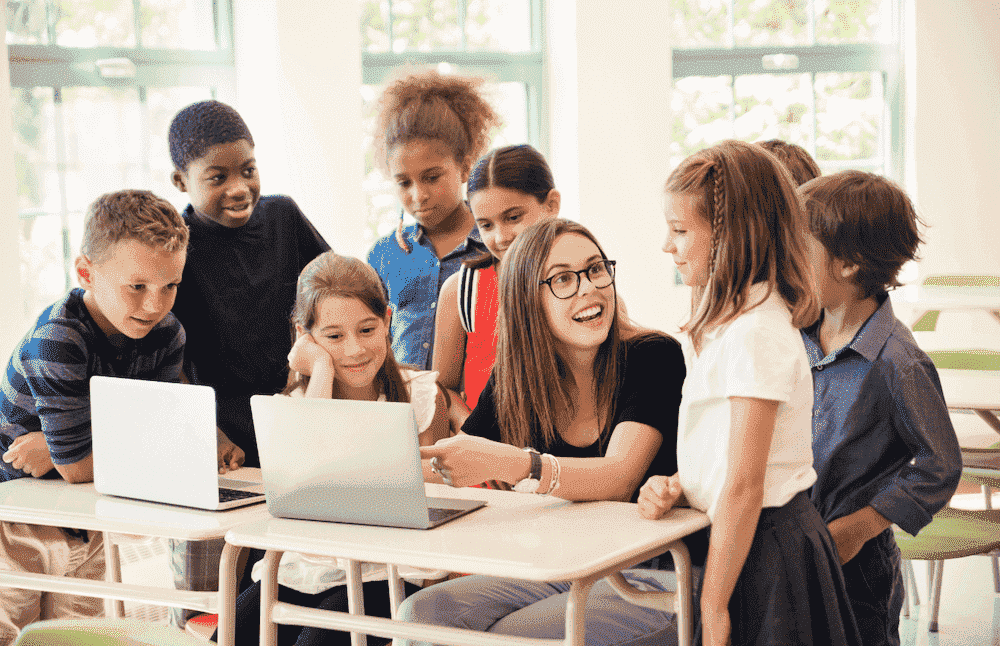We as members of the 21st Century have to be aware of the importance of being digitally literate. Digital literacy includes a wide range of skills. Like critical evaluation skills, online safety and effectively using digital tools for purpose. Technology is developing day by day, and with this development, it improves its effects on our lives. To get the positive effects of technology, we must be digitally literate from a young age. To have this skill from a young age, we must integrate digital literacy into our education system.
Digital literacy is the ability to access, manage, understand, integrate, communicate, evaluate, and create information safely and appropriately through digital technologies. It is essential to evaluate sources and notice facts from fiction because of the misinformation on digital platforms. By teaching students how to verify information and acknowledge bias, teachers enable them to inform them with digital world responsibility.
However, integrating digital literacy creates an outstanding challenge: the digital divide. Unequal access to technology and the Internet can increase existing educational inequalities. To solve this issue, schools need to provide equal access to devices and reliable internet connections. Additionally, educators must be equipped to teach digital literacy effectively, regardless of their students’ tech backgrounds or prior exposure to technology.
This challenge provides a unique opportunity. By focusing on digital literacy, we can not only equip students with essential skills but also probably stop the digital divide.Schools can become hubs for digital inclusion, providing students with the necessary tools and knowledge they will need in a digital world.
 Think about a classroom where students from various backgrounds collaborate on their projects by using online/digital platforms. They use technology to research their interests, critically evaluate information, and present their findings in attractive multimedia formats. This is what would happen if we start giving digital literacy as a part of the curriculum. If we do this we empower students to become active participants in the digital world whatever their start points.
Think about a classroom where students from various backgrounds collaborate on their projects by using online/digital platforms. They use technology to research their interests, critically evaluate information, and present their findings in attractive multimedia formats. This is what would happen if we start giving digital literacy as a part of the curriculum. If we do this we empower students to become active participants in the digital world whatever their start points.
In conclusion, making digital literacy a part of the curriculum would not just continue following trends, it’s about empowering future generations to navigate the problems of the digital age with critical thinking skills, creativity, and responsibility. By taking up digital literacy and addressing the digital divide, we can make a world of possibilities for all students.

